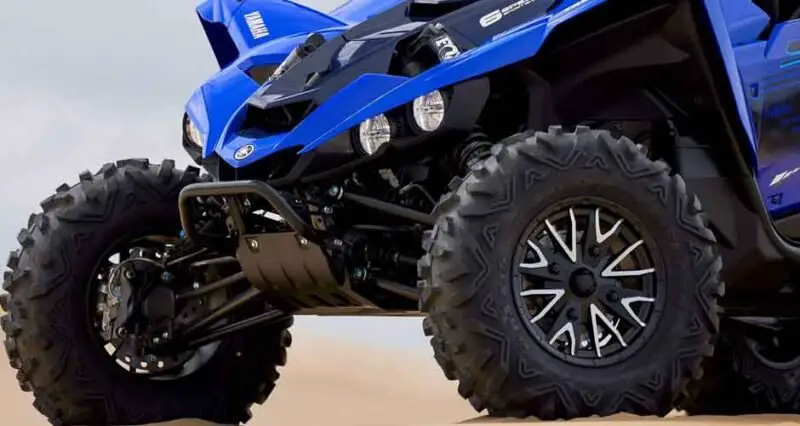
Taking care of your all-terrain vehicle (ATV) is crucial for ensuring its longevity and performance. One important maintenance task is replacing the brake pads. This guide will walk you through five essential tips for replacing your ATV brake pads at home, saving you time and money. By following these steps, you can ensure that your ATV remains safe and responsive, giving you the confidence to tackle any terrain.
1. Gathering the Right Tools and Parts
Before starting the replacement process, make sure you have all the necessary tools and ATV parts. You’ll need a set of wrenches, pliers, a screwdriver, and a torque wrench. Also, ensure you have the correct replacement brake pads for your ATV model. Using the wrong parts can lead to poor brake performance or even damage to your ATV. Additionally, consider having a clean cloth and some brake cleaner on hand to wipe down components and ensure a clean installation. A well-organized workspace will also help streamline the process and prevent any parts from getting lost.
2. Prepping Your ATV
Safety first! Park your ATV on a flat, stable surface and engage the parking brake. If your ATV has a skid plate covering the brake assembly, remove it for better access. It’s also a good idea to clean the area around the brake caliper to prevent any dirt or debris from getting into the brake assembly during the replacement process. Disconnecting the battery can add an extra layer of safety, preventing any accidental electrical issues. Make sure to wear protective gloves and eyewear to protect yourself from any brake dust or debris.
3. Removing the Old Brake Pads
Start by removing the caliper from the disk. Most ATVs use a pin or bolt to secure the brake pads in place. Use your pliers or a small wrench to remove these, then carefully slide out the old brake pads. Take note of their orientation and any wear indicators, as this will be helpful when installing the new pads. Inspect the caliper and disk for any signs of wear or damage, as these may need attention before installing new pads. Compress the caliper piston gently with a C-clamp or caliper tool to make room for the new, thicker brake pads.
4. Installing the New Brake Pads
Before installing the new brake pads, check that they are the correct size and type for your ATV. If the pads have a directional arrow, ensure it points in the direction of the disk rotation. Slide the new pads into the caliper, making sure they are seated properly. Replace the retaining pin or bolt and tighten it to the manufacturer’s specified torque. Double-check the alignment of the pads to ensure they are positioned correctly for optimal braking performance.
5. Bleeding the Brake System
After replacing the brake pads, it’s important to bleed the brake system to remove any air that may have entered. This ensures that your brakes will function properly and provide the necessary stopping power. Use a brake bleeding kit and follow the instructions carefully. Check the brake fluid level and top it off if needed. Repeat the bleeding process for each brake to ensure consistent brake pressure throughout the ATV.
Before taking your ATV for a spin, perform a few tests to ensure that the brakes are working correctly. Start by pressing the brake lever or pedal to check the brake pressure. If it feels spongy, you may need to bleed the brakes again. Next, roll the ATV forward slowly and apply the brakes to ensure they engage smoothly and evenly. Finally, conduct a test ride in a safe area to verify that the brakes respond effectively under various conditions.
In conclusion, swapping out your ATV brake pads from the comfort of your garage isn’t just a wise move — it’s a savvy adventure in DIY mechanics. With these handy tips under your belt, you’ll not only safeguard your wallet but also ensure your ATV is always primed for action. Regular upkeep is the secret ingredient to brakes that respond on a dime, guaranteeing you a ride that’s as safe as it is exhilarating. So, roll up those sleeves and give your ATV the TLC it deserves. Your future off-road escapades will thank you.

